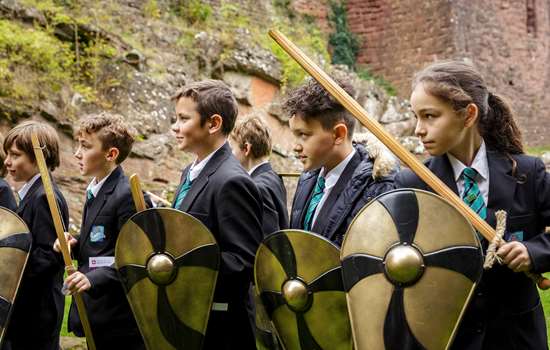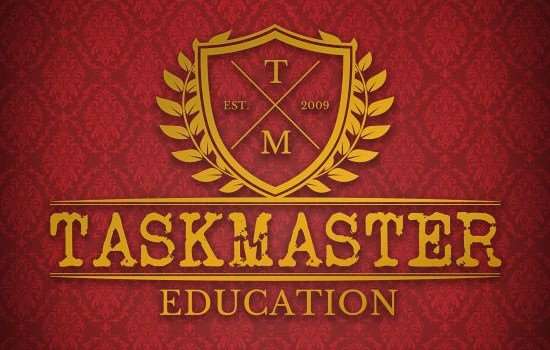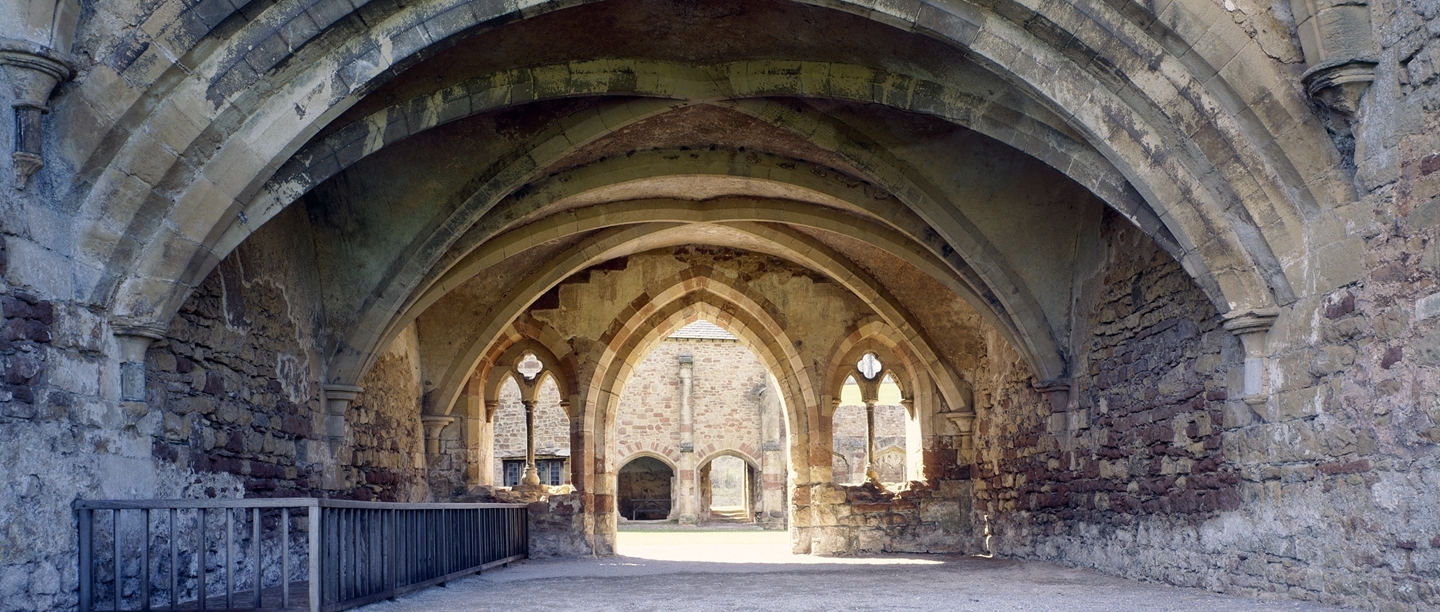Curriculum Links
Support your teaching in the classroom by stepping out of it. A visit to Cleeve Abbey will help you bring learning to life, covering multiple topics across the curriculum and key stages.
- KS1 History: Significant historical events, people and places in the locality
- KS1 Art and Design: Use drawing, painting and sculpture to develop and share their ideas, experiences and imagination
- KS2 History: A local history study. A study of an aspect or theme in British history that extends pupils’ chronological knowledge beyond 1066
- KS2 Art and Design: Create sketch books to record their observations and use them to review and revisit ideas
- KS3 History: Development of Church, state and society in Medieval Britain 1066-1509
- KS3 Art and Design: History of art, craft, design and architecture, including periods, styles andmajor movements from ancient times up to the present day.
Free self-led visits
Book a free self-led visit to Cleeve Abbey and organise your day to suit your curriculum objectives. Explore the monastic buildings, including the cloister, refectory, dormitory and chapter house. Look out for the fireplaces and exposed wattle and daub in the cloister, and the secret ‘Green Man’ hidden in the refectory. Peer into the painted chamber to see the 15th century wall painting showing a scene from the Gesta Romanorum, and see if you can spot the medieval graffiti of a monk’s head by the door in the gallery.
Enquire nowPlan your visit
We have a wide range of materials to support your visit and make school trip planning easy. You can find all our site-specific information and tools below, and further information on our what to expect page.
Download our free resources to help you make the most out of your visit and create unique learning experiences before, during and after your trip. We also offer free planning visits once you have made a booking, plus a 20% discount on the official English Heritage guidebook for your place of choice.
Once you book your visit you’ll be sent a visit permit, which you’ll need to bring with you on the day.
Visit our bookings page to start planning your trip!
Learning Resources
-

Teaching Medieval History
Use historical information, learning activities and tips from our historians, curators and educational experts to support your teaching of medieval history.
-
A Mini Guide to Medieval Monks
Find out more about different medieval monastic orders with our short animation.
-

Taskmaster Education at English Heritage
We’ve teamed up with Taskmaster Education to bring an extra layer of fun to school visits to our sites. Find out more about how we can help you create a Taskmaster-style experience during your trip.
-
Enquire now
0370 333 1181
-
Visit our bookings page to start your enquiry. All bookings must be made at least 14 days in advance. Please make sure you check our terms and conditions ahead of your visit.
If you’d like more information about a site or one of our workshops, get in touch using the online form on our bookings page to speak to your local Learning and Participation Officer. We look forward to seeing you soon.
